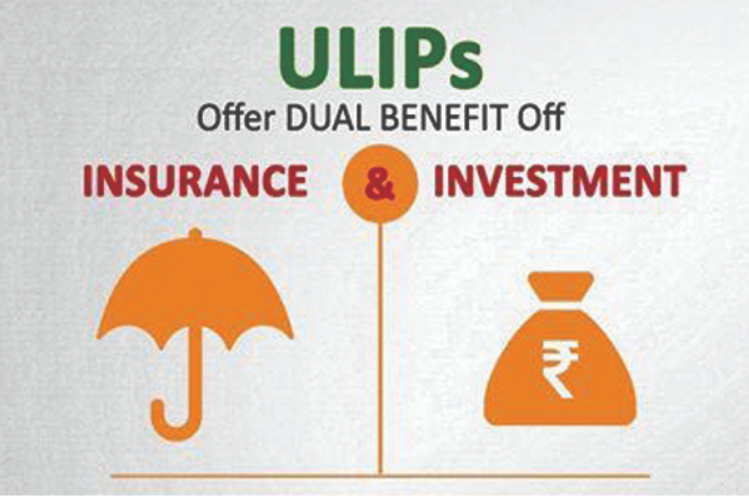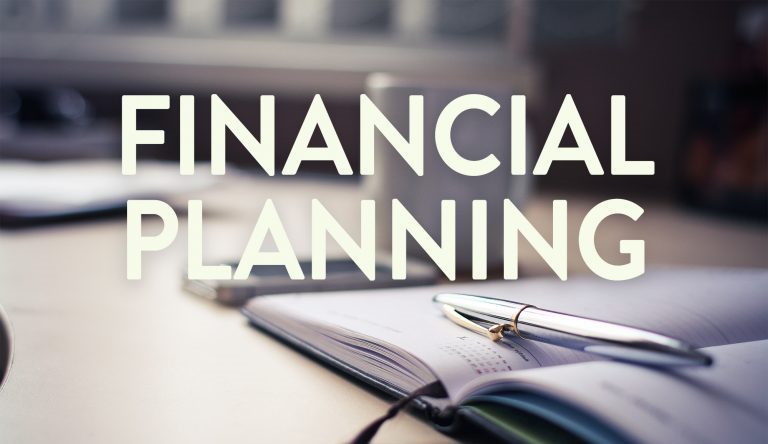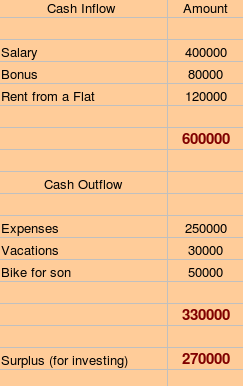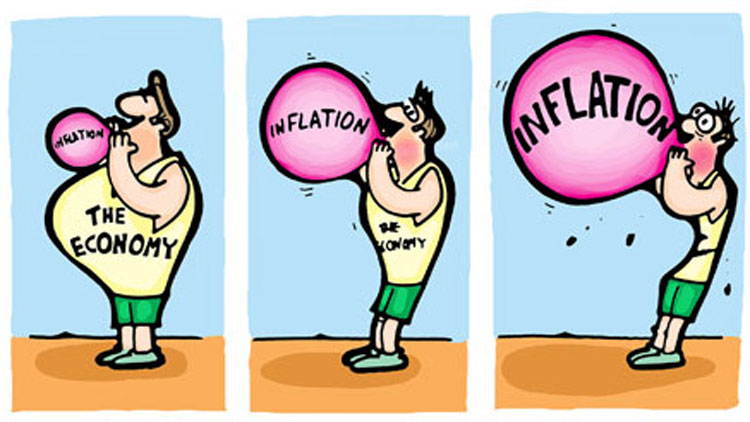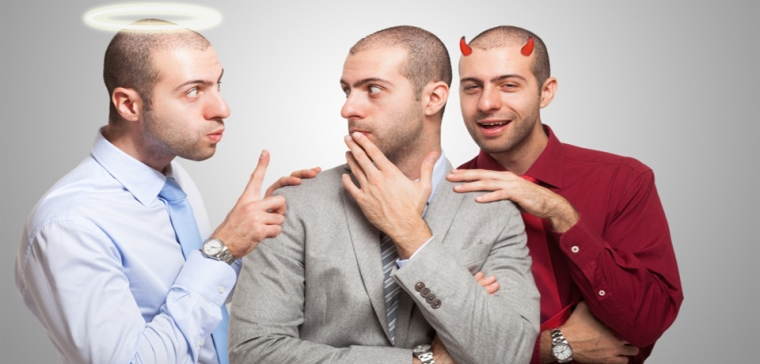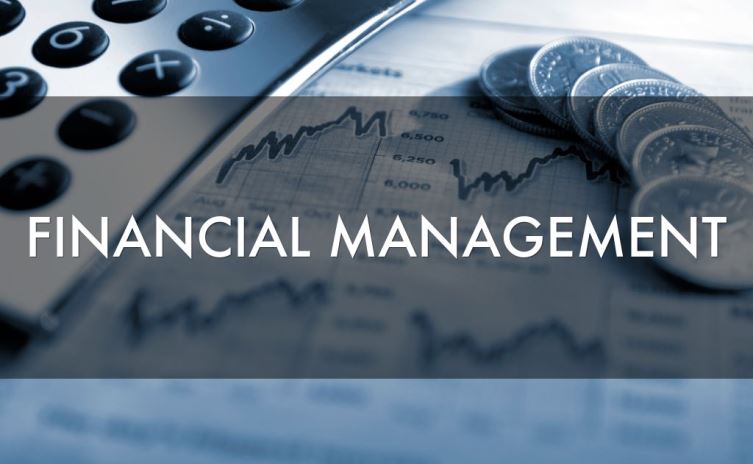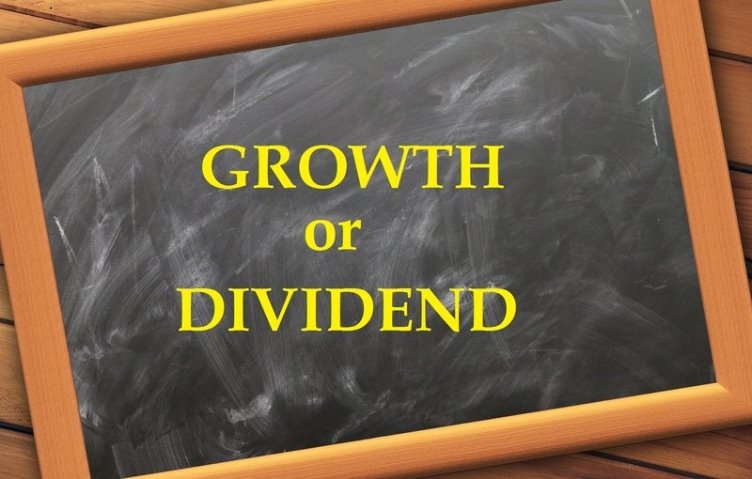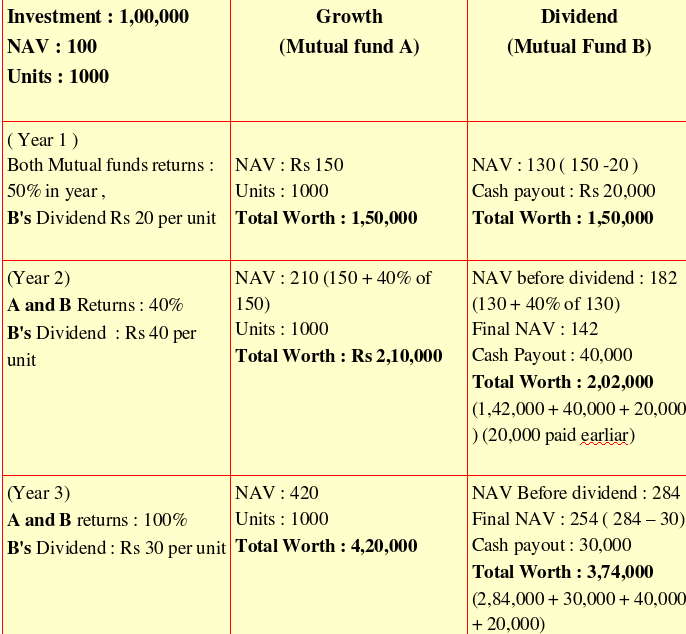 Tax Treatment
Tax Treatment
Equity Mutual Funds and Shares
Short Term Capital Gain : If you sell it before 1 yr , the profit is called STCG and taxed at 15% (revised in 2008-09 budget) ,So if you make profit of 10,000 on shares or Equity mutual funds , you pay 1,500 as tax.
Long term Capital Gain : No tax
Other Points
– Dividend income from any kind of mutual funds are not taxable.
Profit from Sale of House or Land
Long term Capital Gain : If you sell it after 3 years , its Long term Capital gain. and its taxed at 20% on profit.
Your profit = Sale Price – (Cost price after adjusting indexation , as per the cost inflation index)
Long term capital gain tax can be saved by investing the capital gains in some other residential property or in bonds of the Nabard, National Highway Authority of India, Rural Electrification Corporation of India or SIDBI redeemable after a period of three years.
Long term capital loss can also be set off against any Long Term Capital Gain in next 8yrs.
Short term Capital Gain : If you sell it before 3 yrs, its considered as STCG and added to your income and taxed accordingly.
Short term capital gains can set off against any LTCG or STCG within 8 yrs.
Other Points
– Capital Gains from Agricultural Lands are not taxable.
– A person holding more than one residential property would be liable to Wealth Tax on the market value of the second property.
Profit from Jewellery
Short term Capital Gain : 20% tax on the profit if sold before 3 yrs (1 yr in case of GOLD ETF) .
Long term Capital gain : 30% tax on profit if sold after 3 yrs ( 1 yr in case of GOLD ETF)
Don’t know what is GOLD ETF ? Read this article , CLICK HERE
Profit from Fixed Deopsits , PPF , NSC
Fixed Deposit : Interest Earned added to the income and taxed accordingly.
PPF : Interest earned not taxable
NSC : Interest earned taxable
